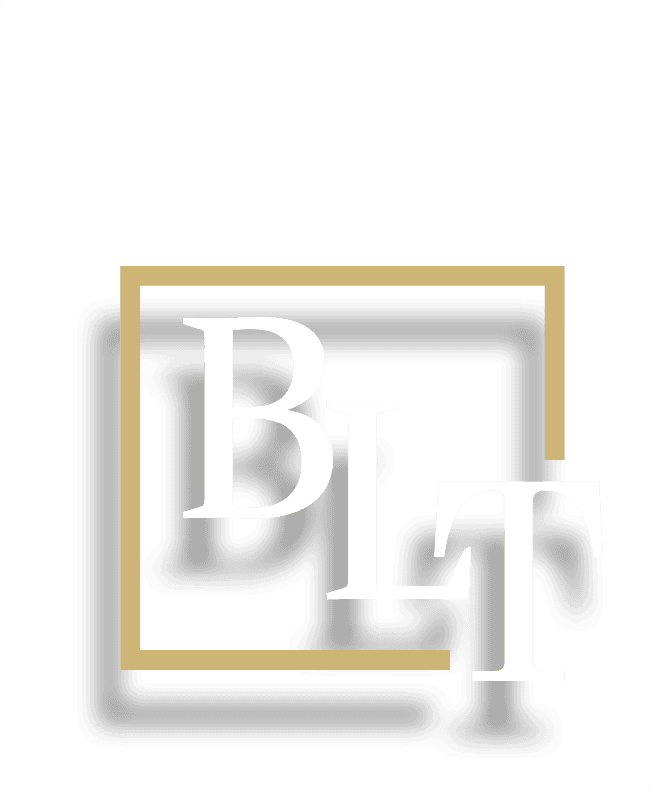Neonatal Hypothermia Treatment
If something went wrong during your labor and delivery, speak with Beam Legal Team in Chicago. We have been fighting for families affected by medical malpractice since 1983.
What Is Body Cooling / Hypothermia Therapy?
Hypothermia therapy, also known as body cooling therapy, can be used to prevent injuries and even save the lives of infants who suffer asphyxia (oxygen deprivation) during delivery. This treatment involves one or two techniques: head cooling and body cooling. Within the last several years, cooling has become the standard to minimize and mitigate the permanent effects of brain damage caused by a lack of oxygen at birth.
Medical researchers found that these treatments mitigate three major dangers:
- Excitotoxicity: Neurotransmitters such as glutamate can seep from damaged brain cells, causing damage to other brain cells. Hypothermia therapy slows this leaking and mitigates severe brain damage in some patients.
- Cell Death: If an infant is deprived of oxygen for too long, he or she can suffer serious injuries caused by loss of brain cells, such as cerebral palsy, serious brain damage, and even death. Cooling therapy can protect brain cells and thus prevent more serious injury.
- Apoptosis: Not all brain damage occurs immediately. Apoptosis or “programmed cell death” can take place several days after the infant suffers asphyxia. Hypothermia therapy can help minimize this dangerous degeneration.
Timing and Critical Windows for Hypothermia Treatment

The critical window for effective hypothermia treatment is within 6 hours after birth. The sooner cooling of the brain can begin following oxygen deprivation, the more neuroprotective benefit it provides.
Rapid evaluation and coordination between obstetrics and NICU is imperative to initiate hypothermia treatment within the narrow window. Delays can occur if staff fail to promptly check for signs of asphyxia, if transferring the infant to a facility with cooling equipment takes too long, or if NICU admission and evaluation happens too slowly. Streamlining these processes when birth asphyxia is suspected is crucial.
The 6-hour window is short because after this, the cascade of cell death pathways has already been triggered and cannot be stopped. Keeping the brain and body cooled between 33-34°C for 72 hours inhibits these pathways and preserves brain cells. Evidence shows the treatment is most effective when started earliest, as brain damage progresses quickly.
Raising awareness of hypothermia therapy’s time sensitivity among hospital staff has improved prompt, coordinated responses when birth asphyxia occurs. However, medical errors like failure to monitor fetal distress can delay the diagnosis and lead to losses of critical treatment windows for affected infants.
Call Beam Legal Team at (866) 404-5221 to arrange a free consultation.
Supporting Your Baby During Hypothermia Therapy
As a parent, having your newborn undergo hypothermia therapy can be frightening. It is normal to feel anxious and have many questions about what to expect. Here is some guidance on supporting your little one through this process.
What Happens During Treatment:
- Your baby will be placed on a special mattress that circulates cool water to lower their temperature. Small pads may also be placed on their head and body.
- Their temperature will be lowered to 33-34°C and maintained there for around 72 hours.
- They will be closely monitored by staff to ensure the treatment is safe. Heart rate, blood pressure, breathing, and other vitals will be continually checked.
Being Present Through Treatment:
- If possible, plan to remain present at your baby’s bedside as much as you can during the 72-hour treatment.
- You may be able to provide comforting touch, like holding their hand or stroking their body. Ask nurses what is allowed.
- Your voice and presence can be soothing. You can read, sing, or just talk gently to your baby.
Working With the Medical Team:
- Learn about the therapy’s goals, timelines, risks, and benefits from NICU staff. Ask questions.
- Discuss any breastfeeding plans with lactation consultants. Pumping breastmilk may be encouraged at this time.
- Notify staff immediately of any changes or concerns about your baby during treatment.
Though challenging, hypothermia therapy aims to protect your baby’s brain and improve their chances of minimally impaired survival. Don’t be afraid to lean on loved ones, healthcare providers, social workers, and family support services during this difficult time.
Long-Term Outcomes and Prognosis for Body Cooling
A study supported by the National Institutes of Health (NIH) in 2005 found that administering cooling therapy to newborns with birth asphyxia reduced their risk of death and disability at 18 to 22 months of age. Researchers then followed up with the children when they were 6-7 years old to evaluate the long-term impacts of the cooling therapy. They found that the children who had received hypothermia treatment as infants had a significantly lower mortality rate (28%) compared to those who did not receive the treatment (44%).
The study also looked at the combined outcome of death and severe disability involving motor function, cognitive ability, and vision. The results again favored the children who had undergone cooling therapy as newborns, with only 41% experiencing death or disability compared to 60% of those who did not receive the treatment. These findings illustrate the potential for positive long-term neurological outcomes with this therapy if administered promptly after asphyxia.
Know Your Rights: Speak With The Beam Legal Team
If your child did not receive body cooling after suffering a birth injury, you should call Beam Legal Team to determine if you have a medical malpractice case. If your child did receive body cooling, call Beam Legal Team to determine if your child suffered a preventable birth injury. We encourage you to speak with our Chicago attorneys at your earliest convenience. Our birth injury law firm is based in Chicago and serves clients nationwide.
Call Beam Legal Team at (866) 404-5221 to arrange a free consultation.

